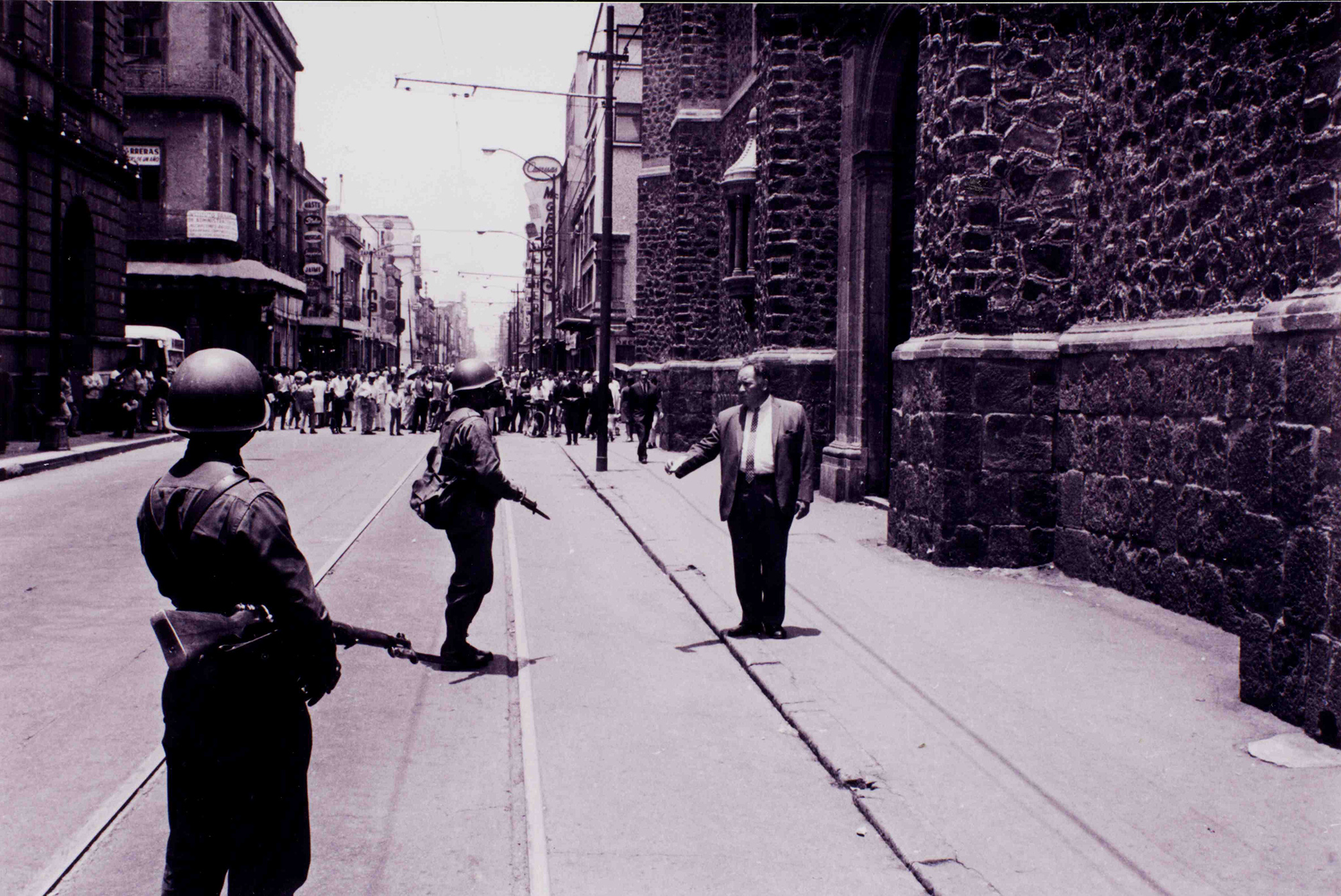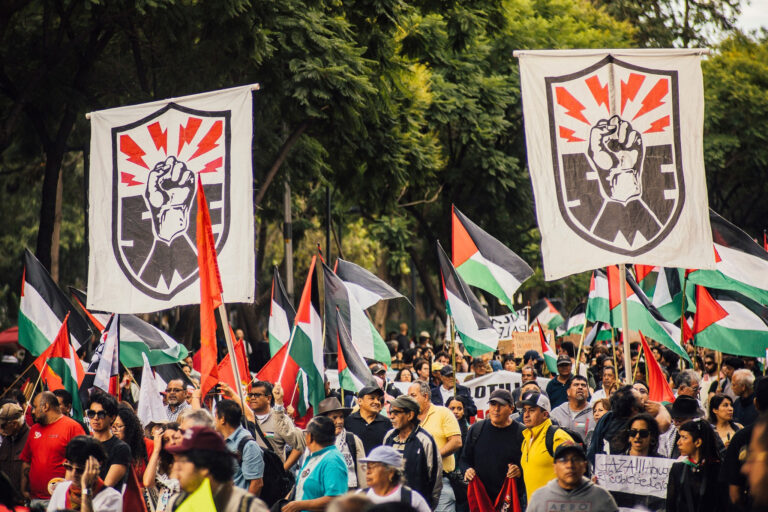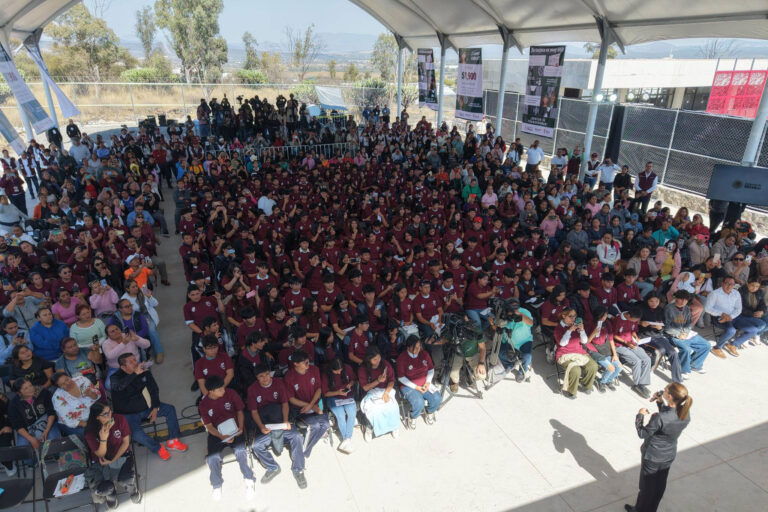The Emergence of the Urban Masses: Stifling Revolution in Latin America
This review by Francesco Biagi appeared in the July 22, 2025 edition of El Salto. The views expressed in this article are the author’s own and do not necessarily reflect those of the Mexico Solidarity Project.
If Paulo Freire spoke of a “pedagogy of the oppressed,” Calvo Isaza in Urbanización y revolución en América Latina writes a history of the social sciences promoting a pedagogy in the service of oppression, which allows us to understand how the history of urbanization in Latin America is also a global microhistory of counterrevolution, deeply intertwined with 20th-century geopolitics.
Governing “The Backyard” with Scientific Production

Reflecting on the role that the social sciences played in past political practices in Latin America, and rethinking the impact of the so-called “Red Scare” that the urban working classes generated among the elites and within the geopolitical balance of the United States during the second half of the 20th century: this is the central focus of Óscar Calvo Isaza’s latest book, Urbanization and Revolution in Latin America: Santiago de Chile, Buenos Aires, and Mexico City (1950–1980) (Mexico City/Bogotá: El Colegio de México / Universidad Nacional de Colombia, 2023). The author shows how “the backyard”—as Henry Kissinger once called it—was also governed and repressed through social sciences and academic knowledge at the service of urban planning and architecture. In other words: to shape a docile and manageable Latin America, truly transformed into that “backyard,” it was essential to challenge what Antonio Gramsci called the “cultural hegemony” of the left in the field of scientific production. This is the background that Óscar Calvo Isaza explores with rigor and analytical depth over nearly 400 pages.
The author offers an overview of the history of political thought and the ideas that guided the “Latin American social sciences” in their inception and early stages of development. Rather than dwelling on theories, methodologies, or forms of human knowledge specific to these disciplines, he focuses on their practical application: as tools for understanding, managing, and halting social change, especially in the daily lives of those who lived in rapidly growing cities. This provides the key to understanding the connection between “urbanization” and “revolution” between the 1950s and 1980s, through the analysis of three emblematic cases: Santiago de Chile, Buenos Aires, and Mexico City. All of this took place in the midst of the Cold War, marked by the confrontation between “capitalism” led by the United States and the “actual socialism” of the Soviet Union, as well as by the decolonization processes and struggles for independence in many countries of the so-called “Third World.” In this context, the rapid growth of cities began to be interpreted differently: no longer simply as a consequence of uncontrolled industrial development, but also as a latent risk of rebellion. The impoverished and increasingly numerous urban working classes were perceived as a potential base for unrest and revolutionary change.
To shape a docile and manageable Latin America, truly transformed into that “backyard”, it was essential to challenge what Antonio Gramsci called the “cultural hegemony” of the left in the field of scientific production.
First, Calvo Isaza introduces Latin American sociologists to the network of transnational agents with financial resources and political “development” agendas designed to favor US influence. In these groups—supported by the Ford Foundation, the Rockefeller Foundation, the CIA, and other charitable church foundations aligned with the ideology of US supremacy—a missionary, civilizing sense prevailed, expressed in what the author calls a “pastoral technology” developed around the central problem of urbanization management. In this context, the Latin American working classes appeared as populations distinct from those described and analyzed in Western models of urbanization and industrialization of the 20th century (since in Europe they were masses already participating in the cycle of expansion of consumption and the welfare state).

However, the political problem was the same as that of Baron Georges-Eugène Haussmann in 19th-century France or of Le Corbusier at the beginning of the 20th century. It is well known that Haussmann radically transformed the center of Paris with the aim of preventing the people from rising up again and building new barricades, as had happened in 1848. However, in a certain sense, the Parisians managed to resist: the three months that the Paris Commune lasted—as Henri Lefebvre and Guy Debord accurately recount—can be interpreted as a response by the working classes to the capitalist urbanism imposed during the Second Empire (1852-1870). Less well known, however, are Le Corbusier’s fascist sympathies and his dream of turning architecture into a counterrevolutionary tool . Very revealing is the aphorism that closes one of his most influential books, published in 1923 and clearly marked by the fear that the workers’ revolution initiated by the Bolsheviks in Russia would spread throughout Europe: “Architecture or revolution. The revolution can be avoided,” he stated; concluding with another equally significant motto: “You don’t revolutionize by making revolutions. You revolutionize by providing solutions.”
This almost mystical faith in technology is presented as an instrument to contain social emancipation and curb potential uprisings among the popular masses, who, in the early years of the 20th century, were beginning to burst into political life. Something very similar occurred in Latin America, especially beginning in the 1940s. Calvo Isaza discusses how the “technopastoral” aspect of the urbanization process was contested by the “modernizing” groups and the “Catholics,” often in close agreement, in opposition to the galaxy of Marxist movements.
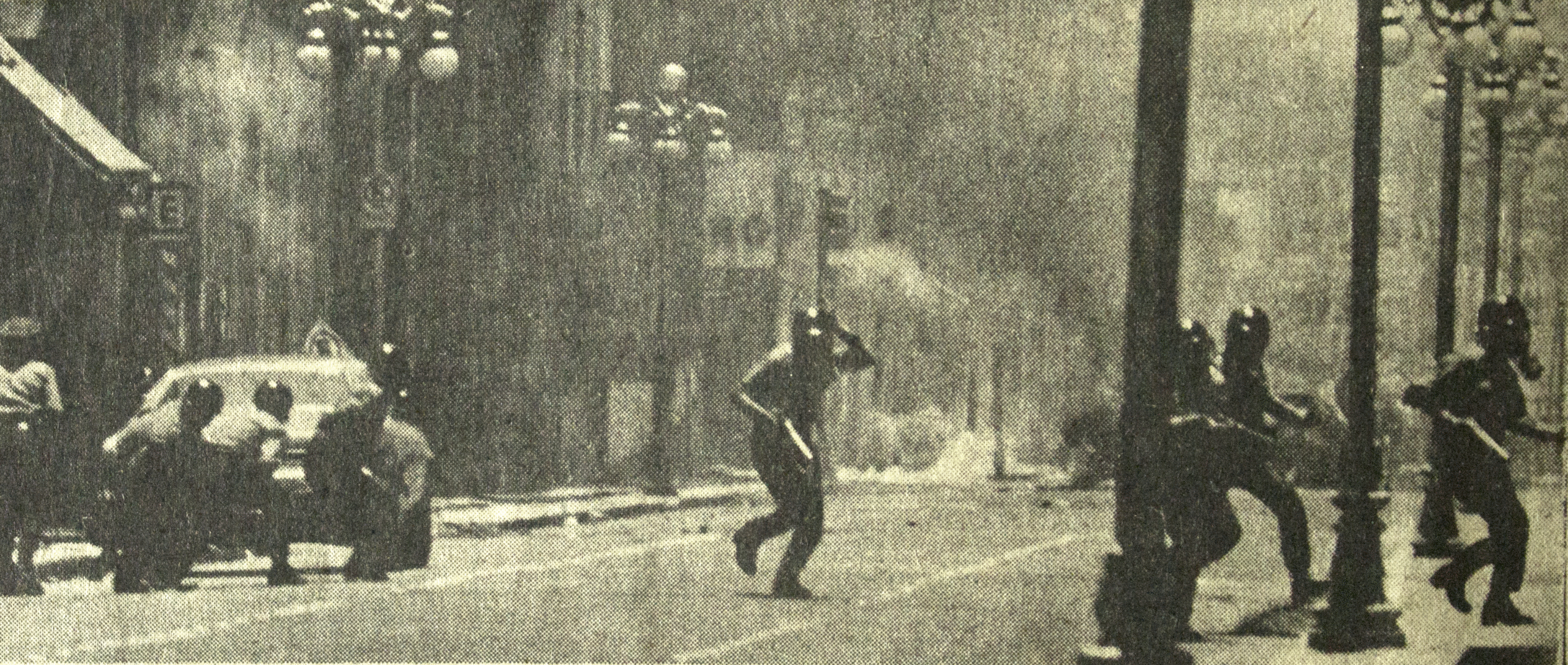
The author introduces the term “technopastoral,” a compound word without a hyphen, precisely to highlight the inseparable fusion of its two dimensions: on the one hand, social technologies; on the other, the missionary or pastoral character, aimed at evangelizing a people considered “neo-pagan.” This neologism from the Roman Church of the time also suggests that many city dwellers lived outside the institutional church.
The vertiginous growth of cities began to be interpreted differently: no longer only as a consequence of uncontrolled industrial development, but also as a latent risk of rebellion.
The author allows us to reflect on the delimitation of the neighborhood, understood, on the one hand, as a “geopolitical space” in which the global antagonism of the Cold War is played out, and on the other, as a territory of techno-pastoral mission chosen by the Church, which considered it a hostile space in which intervention was necessary to counteract the attraction of communism. This dispute highlights the political challenge posed by the urban masses, the rebellious nature of the inhabitants’ practices, and the central role played by urban popular struggles in the construction of the three cities studied by the author. If leftist organizations were well established through the political work they carried out, the Catholic Church should do the same; therefore, sharing the daily misery of the oppressed population was not a principle exclusive to a segment of the grassroots Church considered too Marxist and revolutionary by the Vatican Curia.

The author’s narrative is clear and very precise, each argument supported by archival historical research, leaving no room for possible conspiratorial interpretations. From a Catholic perspective, the only actors who emerge with a truly worthy role are the priests of the Third World movement, liberation theology, and a very singular figure like Ivan Illich, a (former) priest and intellectual who, from Mexico, advocated for training priests and missionaries committed to non-colonial evangelization.
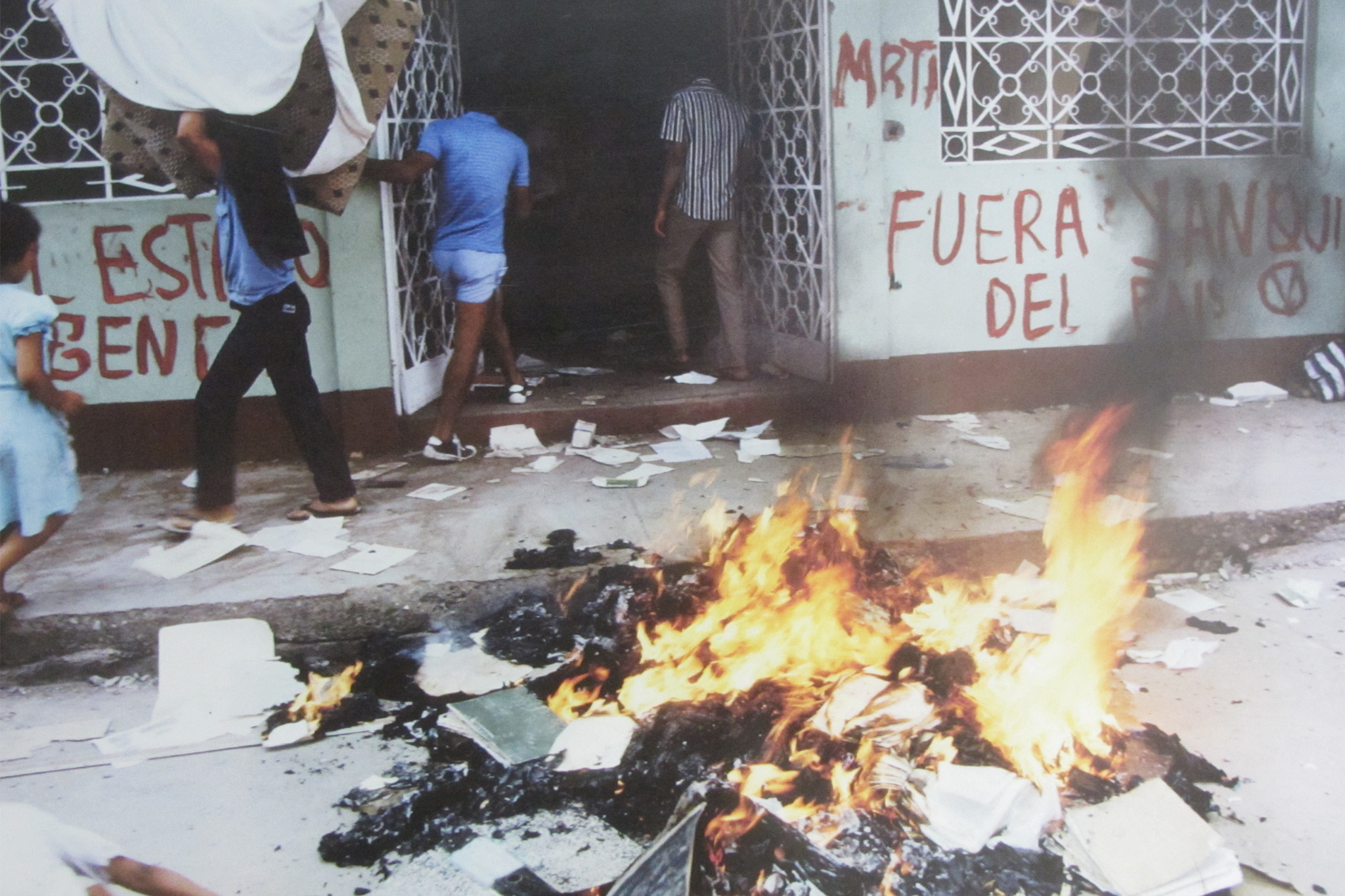
The Geopolitics of Social Sciences
Second, the author shows us how the United States sought to curb the risk of revolution in Latin America, but without allowing the region to adopt development plans or a “welfare state” project similar to those promoted in Europe after World War II. Latin America had to remain “dependent” and subordinate, as Ruy Mauro Marini and other Marxist thinkers of dependency theory rightly pointed out. Any form of “modernity” or “development” had to strictly conform to the interests of the US economy. Clearly, these class objectives could not be presented openly, so US geopolitics turned to development plans, charitable foundations, non-governmental organizations, and the funding of universities—both public and private—that did not necessarily produce conservative thought, but rather a progressive, anti-communist, and reformist sociology capable of halting or diverting the revolutionary impulse.
Thirdly, it is very interesting to understand the geopolitics of the social sciences and the interests behind institutions such as the Latin American Institute for Economic and Social Planning (ILPES) founded by Medina Echavarría in 1962, the Economic Commission for Latin America (ECLAC) in Santiago, Chile, founded in the same period, through the concept proposed by Oscar Lewis of “the culture of poverty” or the idea of “marginality” of the Belgian Jesuit Roger Vekemans, to a diagnosis of different transnational organizations that play different roles, such as the Inter-American Center for Housing and Planning (CINVA), the Organization of American States, the financing programs of the Inter-American Development Bank (IDB), or those of Punto Cuarto and later the Alliance for Progress of the United States, the Center for Comparative Sociology at the Torcuato Di Tella Institute (ITDT), directed by Gino Germani in Buenos Aires and other specialized institutions such as the Latin American Foundation for Social Sciences (FLACSO), or international associations such as the Latin American Commission of Social Sciences (CLACSO). Behind these institutions, a hegemonic battle was waged for control of ideas and interpretations of Latin American reality, with the aim of silencing the urban masses’ aspirations for emancipation and self-determination. In many cases, however, this display of intellectual force was ineffective: some research projects ended up radicalizing, or the researchers themselves evolved to distance themselves from certain manipulations.
Behind these institutions, a hegemonic battle was being waged for control of ideas and interpretations of Latin American reality, with the aim of silencing the aspirations of the urban masses for emancipation and self-determination.
Finally, fourthly, the reader will find the three final chapters, which focus on Santiago, Chile, Buenos Aires, and Mexico City, particularly enriching. It is impossible to fully capture in one review the wealth of Calvo Isaza’s archival work, nor his remarkable effort to generate social theory and offer a solid interpretive analysis based on his historical research.

It is particularly interesting to analyze the key role of certain Catholic intellectuals, such as Roger Vekemans in Chile. His sociology relied more or less explicitly on US funding, used strategically for anti-communist purposes. Furthermore, Vekemans was closely linked to the social and political sphere in defense of the interests of Chilean Christian Democracy, a party that, with the beginning of the Allende government, progressively shifted to the right until it facilitated Pinochet’s coup d’état. Vekemans’s figure is uncomfortable precisely because of the instrumental use of his sociological work, a position that was evident compared to much more lucid authors such as Manuel Castells and his team, who were able to bring the critical tools of French urban sociology to Latin America. Castells, on the contrary, postulates the social heterogeneity of the urban poor, their not always rural origins, and their participation in local politics. In short, an antagonistic characterization of the passivity, homogeneity, and rural origins of urban dwellers posited by Vekemans and by interpretations that manipulated the work of Oscar Lewis and the sociology of American academia. Appealing to the scholastic rigidity of some Marxist readings didn’t always work, because a critical and highly effective Marxism was largely alive [in Latin America].
Latin American History and the Urban Perspective
To conclude, I would like to emphasize two fundamental aspects: on the one hand, the usefulness of this work from an anti-imperialist perspective; on the other, the relevance of the urban question as a key to understanding different dimensions of social change and development since the Cold War. Today, there is frequent talk about the need to engage in social criticism from the Global South. In this book, the author very clearly proposes a methodology that begins precisely from the periphery of imperialist dynamics, showing how Latin America was turned into “cannon fodder” at the service of multiple Western interests, whether those of the Catholic Church or the United States. Calvo Isaza pieces together the mosaic of oppression not only through the analysis of ideological propaganda but also through the instrumental and perverse use of education and culture. If Paulo Freire spoke of a “pedagogy of the oppressed,” here we could undoubtedly speak of a history of the social sciences that promoted a pedagogy in the service of oppression. Likewise, Calvo Isaza’s work is part of the reinterpretation of Latin American history from a spatial and urban perspective. It allows us to understand how the history of urbanization in the region is also a global microhistory of counterrevolution, deeply intertwined with 20th-century geopolitics.
Francesco Biagi is a researcher of social theory at the University of Lisbon and his latest book is Reimagining Urban Marxisms: Rethinking Thinkers, Texts, and Challenges (Routledge, 2025).
-
The Poor as Instruments, Not Allies
Welfare programs with political aims are not the same as forging political alliances with the impoverished population created by voracious neoliberal capitalism.
-
Florida, the Race for the Presidency & Opaque Capital
Contemporary Florida is the distorted and advanced mirror of a new form of global governance, where money laundering has not only been tolerated, but institutionalized & updated for the digital age, fed by a murky river flowing from the Global South.
-
People’s Mañanera December 22
President Sheinbaum’s daily press conference, with comments on economic achievements, Sonora development plan, extortion of immigrants, Baja California Sur dam, water treaty with US, nepotism loopholes, and García Luna.

